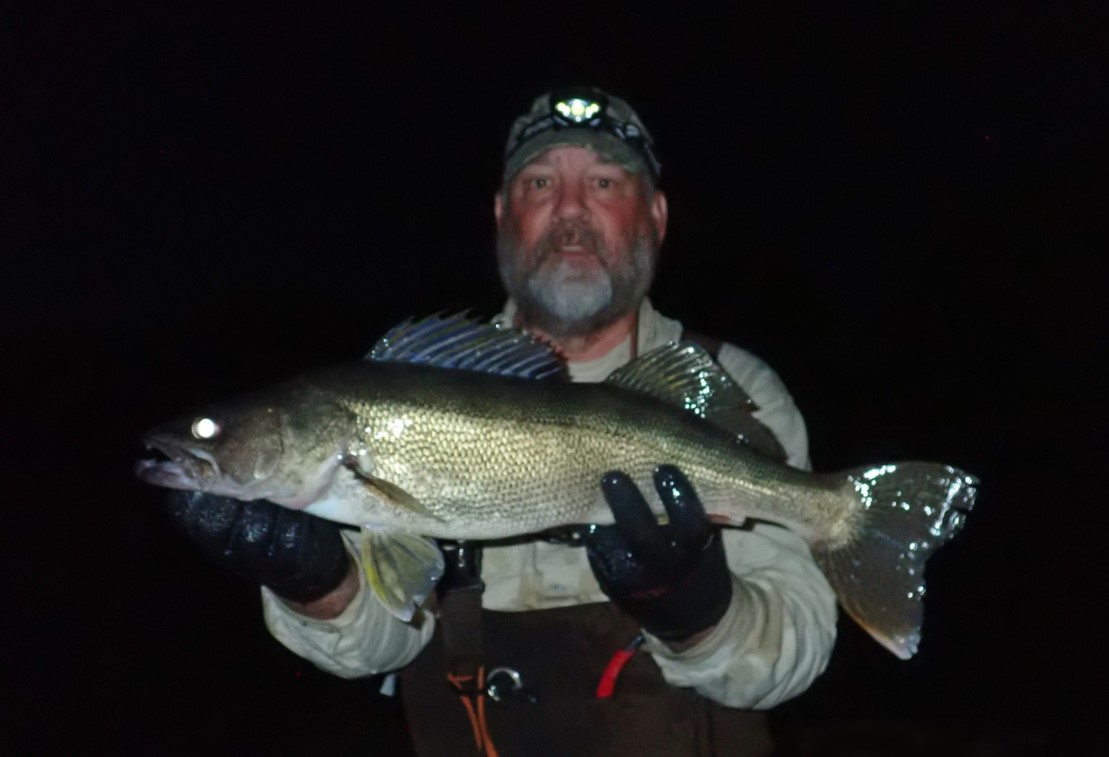If you know anything about muskie fishing, you know about the “figure 8” maneuvers at the end of the cast:
Having a big muskie follow and then strike on the “figure 8” has to be one of the biggest thrills in fishing.
But, it ain’t just muskies that hit on figure 8’s. A few years back this video showed up on the interwebs; this time it was walleyes:
Obviously, the walleyes in that waterbody were darned hungry. As a matter of fact, one reason the fishing is so good in the north country is those waters are far less productive. The predator fish are far more hungry.
I chuckled to myself when I found this video. Even the bass jocks have discovered “figure 8’s”!
What gives? Maybe this “figure 8”-stuff is not just for muskies??????
Moving baits attract the attention of predator fish, all predator fish. (By the way, most of the fish we pursue are predators on some level.) This is especially true for horizontally-retrieved baits. Attracting a fish’s attention to our baits is great. Then you need to get them to bite.
Muskies are famous for following baits, and sometimes those fish go right from following to eating. However, oftentimes, it takes something more to trigger those followers into striking. Speeding or pausing the retrieve, some change in speed, can trigger a strike. More often, the muskie’s predatory instinct is triggered by a change in direction. Figure-8’s accomplish the change in direction, and when done properly, often incorporate changes in speed as well.
However, muskies are not the only predator fish in the water, not the only predator fish we pursue. They may be smaller, but bass, walleyes, wipers, even crappies and catfish are also predators. They all capture prey in very much the same way. Thus, “figure 8’s” can work for those species just as well as they can for muskies.
No, I am not suggesting you sweep into a figure 8 at the end of every cast you make with a 1/16 oz. BeetleSpin. I am suggesting that you pay attention at the end of every retrieve and fish every retrieve until the very end. Over the years I have learned to be especially alert at the end of each retrieve. Look for fish following the bait. Raise the bait and bring it in front and past before you end the retrieve, take it out of the water, cast and repeat.
Muskie anglers transition into a figure 8 by making an “L turn” at the end of the retrieve and then into the “8”. I am suggesting that you incorporate that L turn at the end of every retrieve no matter the species being pursued. Start doing that, and you will be surprised at how many times bass, walleyes, wipers, trout, and others are following your baits, just like muskies. It will also amaze you at how often you can get those fish to strike, at the end of a retrieve, right in front of you.
I can think of scores of fish I have caught doing that, big fish. . . . One of my biggest wipers inhaled a ShadRap right in front of me. A swirl on the water told me there was a fish in front of me. As I finished my retrieve that crankbait bumped bottom. When it did, I paused for just a beat. “Thump”, the big wiper ate it.
Have had a big bass strike as I pulled the bait in front of me, right before I lifted the bait out of the water.
Watched the flash of a Red Fin at the end of a retrieve in clear water on a bright, moonlit night. Suddenly, that flash disappeared when a big walleye ate it.
Those are exciting times, fish that are never forgotten. By being alert and expecting a fish at the end of the retrieve, you can hook up with more fish. You have to be ready for them, you have to expect them. Do not take the bait away from the fish, and with the short line, do not set the hook too hard. Again, with the short length of line at the end of a retrieve, there will be a lot of stress on hooks, knots, leaders, and line. Once hooked, give ’em line! Let the fish take some line and get some distance, then play them and land ’em when they are ready. You remember what your “old man” told you, “Don’t horse ’em”. Be patient.
The post On the Eights appeared first on Nebraskaland Magazine.

















